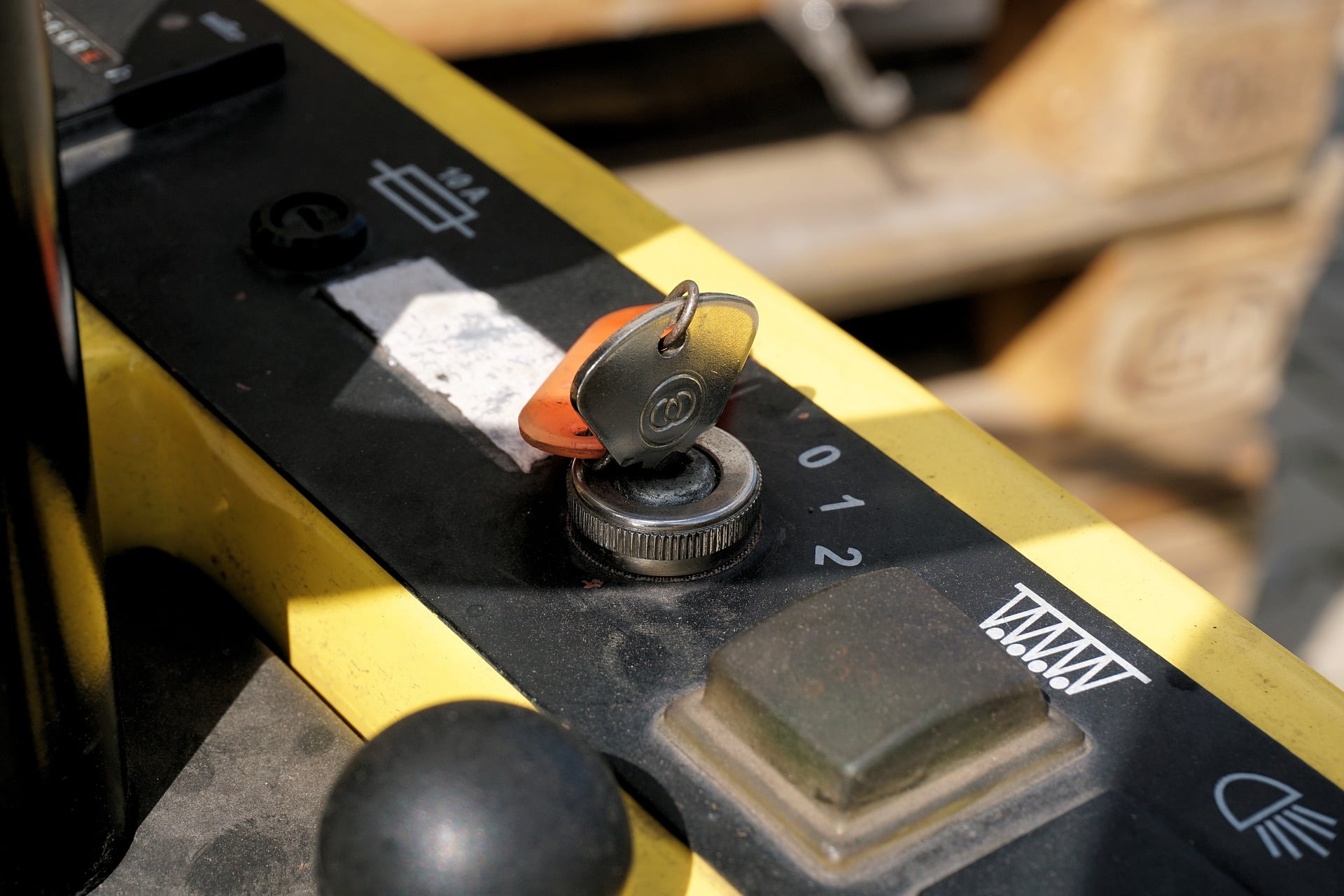You should consider learning how to test a riding lawn mower key switch. While it’s not a super common failure, it does happen. This simple test can help you troubleshoot a no spark or no start condition, so let’s get into it.
Tools Needed (Commissions Earned)
Riding Lawn Mower Key Switch Diagnosis
One of the first things that I’ll check for a no start condition is if the machine has spark. If it does not, then among other things to check is the key switch.
The switch, like any electrical switch, interrupts electrical current when it is in the off position.
The starter will not receive power to start the engine if that power does not flow through the switch.
Therefore, if the key switch is faulty, the engine won’t even attempt to run.
How to Test a Riding Lawn Mower Key Switch
Before you bust out the multimeter, there’s an even simpler test that you can try.
If you’ve turned the key switch and nothing happens, try to bypass it by directly powering the starter motor.
This isolates the starter from the key switch, so we’ll need to do this in order to determine if the starter is faulty or the switch.
If the starter powers up like normal when the switch has been bypassed, then you know that the starter motor is ok, and we can look further back at the key switch.
It’s helpful if you have an electrical schematic for your machine as ignition switches can vary. Some have three terminals, others have five or more.
If you don’t have a schematic, don’t fret. You can figure it out with a little bit of sleuthing.
- One of the terminals should be the positive power coming in from the battery.
- Another terminal should be the negative ground.
- There might be a terminal for accessories like lights.
- There should be a terminal for an ignition kill.
- Importantly for us, there is a terminal for the starter.
On the front of the ignition switch you have the key positions. In the off position, the current is off (duh!).
If you turn the key to the accessory position, then there should be 12 volts to that terminal. You can use the multimeter to probe this terminal with the other probe to ground.
Furthermore, if you turn the key to the start position, 12v should be read on the starter terminal. If you do not have 12 volts at this time, then you know that the ignition switch is faulty and either needs to be disassembled and cleaned or replaced.
If you do have 12 volts, then take a look at the wiring between the starter motor and the key switch for a possible short to ground. Or, it could possibly be a neutral safety switch that has gone bad.
Recap
It’s important to understand how to test and diagnose electrical problems. A key switch failure is easy to test, diagnose and repair once you grasp the concept. By using a multimeter, we can quickly tell if the failure is in the switch or elsewhere.
As an Amazon Associate I earn from qualifying purchases.




